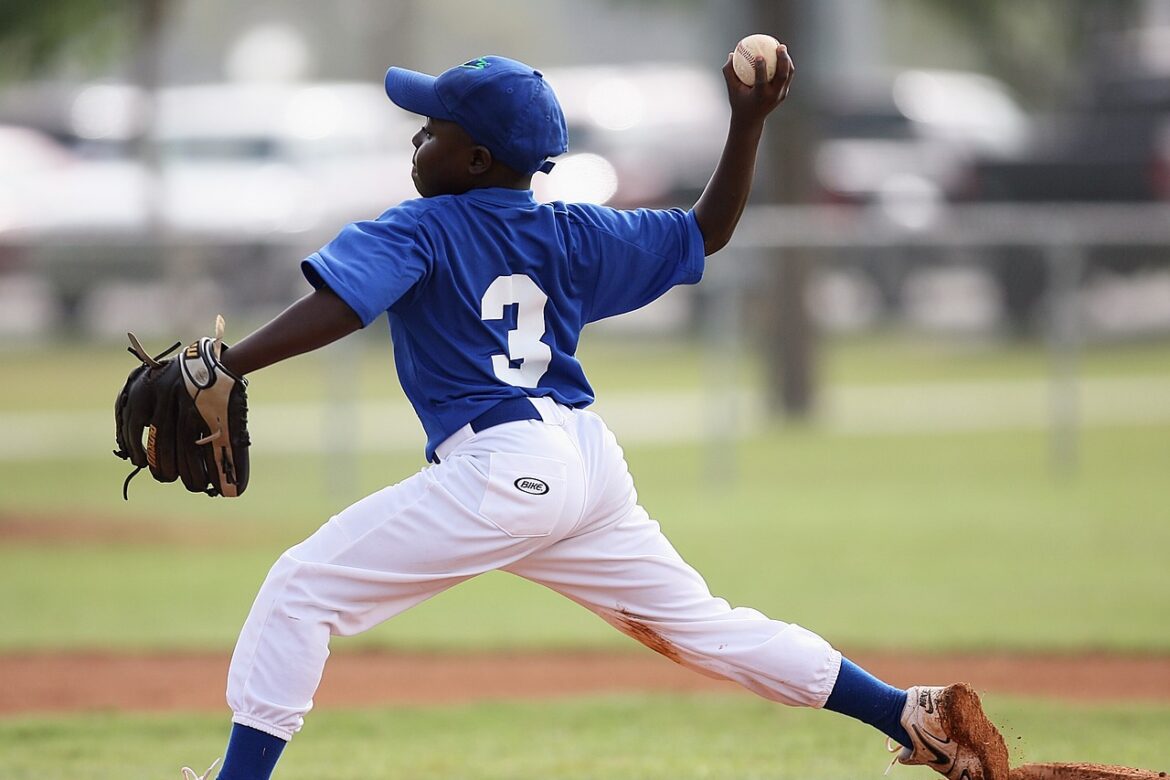So perhaps you are a coach or parent with a child or children that participate in an overhead throwing sport. Maybe they’ve experienced throwing side pain or not, but are there indicators to help predict the likelihood of problems prior to an incident? The answer is yes. When performing a preseason screening of throwers there are two specific indicators that should be assessed. One is GIRD and the other is symmetrical shoulder flexion. Let’s look at each in more detail.
GIRD and Symmetrical Shoulder
GIRD by definition if the glenohumeral internal rotation deficit. Have your player lie on his/her back with the shoulder in 90 degrees of abduction and elbow 90 degrees flexed. Slowly rotate the forearm towards the floor. IR the palm with rotate to the floor and with ER the knuckles will rotate towards the floor. Typically, IR rotation is measured and compared to the non-throwing side. However, I would measure both IR and ER and add the total number then compare the total to the other side. If there is a greater than 5 degrees deficit in the throwing side versus the non-throwing side there is2.6x greater risk of shoulder issues. Secondly, shoulder flexion symmetry should be measured and compared. Simply have the athlete lie on their back and raise the arm back over the head. Pay attention to the end feel in both shoulders and the distance. If at all possible don’t allow a compensated arch in the trunk to gain more shoulder flexion. Again, if there is a greater than 5-degree deficit there is a 2.8x risk of elbow issues.
These are two reliable indicators to address early in an athlete to ensure a healthy and productive season. Early intervention and correction is a must with the implementation of specific exercises to address flexibility and stability concerns. If there are questions regarding the assessment and treatment please feel free to contact us at Freedom Physical Therapy.

